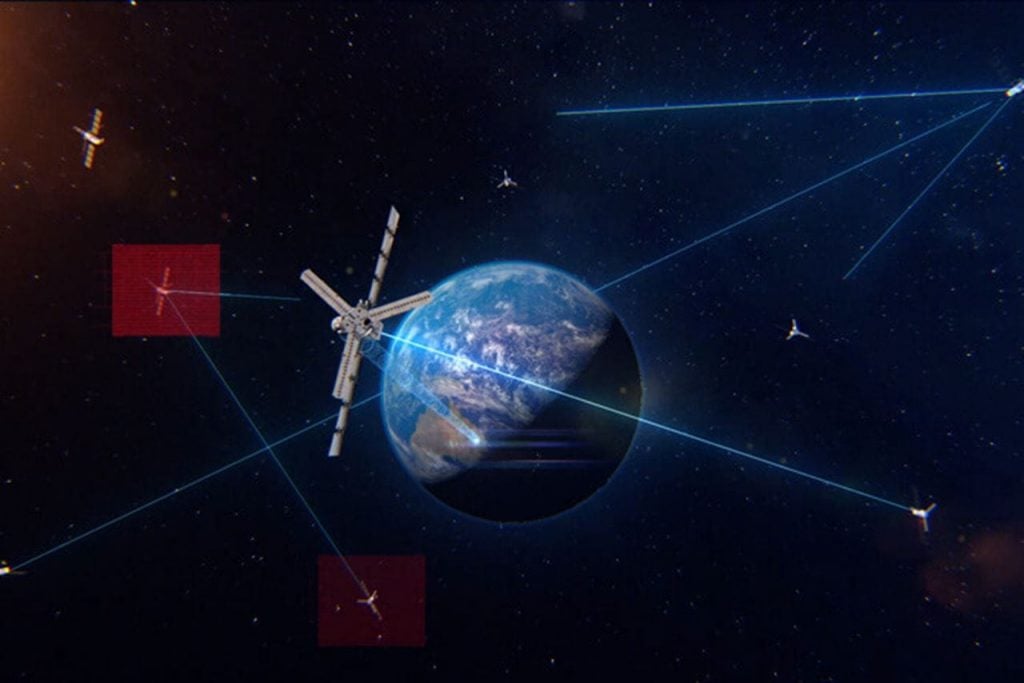US Space Force Prepares for Attacks in Space by Procuring a Third Missile Tracking Layer
For the first time since 1966, a US missile detection satellite is destined for Medium Earth Orbit (MEO). As part of a massive expansion to space-based missile tracking these will help track advanced threats such as hypersonic gliders and provide resiliency against anti-satellite (ASAT) weapons.
In a previous editorial for Overt Defense, we discussed how the Space Based Infrared System (SBIRS) missile warning constellation came to be and how the introduction of hypersonic gliders led to the creation of a second layer in low earth orbit (LEO). This layer in LEO allows for continuous missile tracking from launch to impact while the high-altitude SBIRS layer can only track threats while they’re still burning fuel on the way up. Additionally, due to the high quantity of satellites in this LEO constellation (135 compared to 5-10 SBIRS) it will be much more resilient to ASAT attacks. However, while it presents many more targets the low altitude allows less capable ASAT missiles and softkill systems to hold it under threat. Further, the limited field of view and thus overlap between sats means relatively few need to be disabled to create a gap in coverage. With this in mind, the Space Force has begun the procurement of an unprecedented third layer.
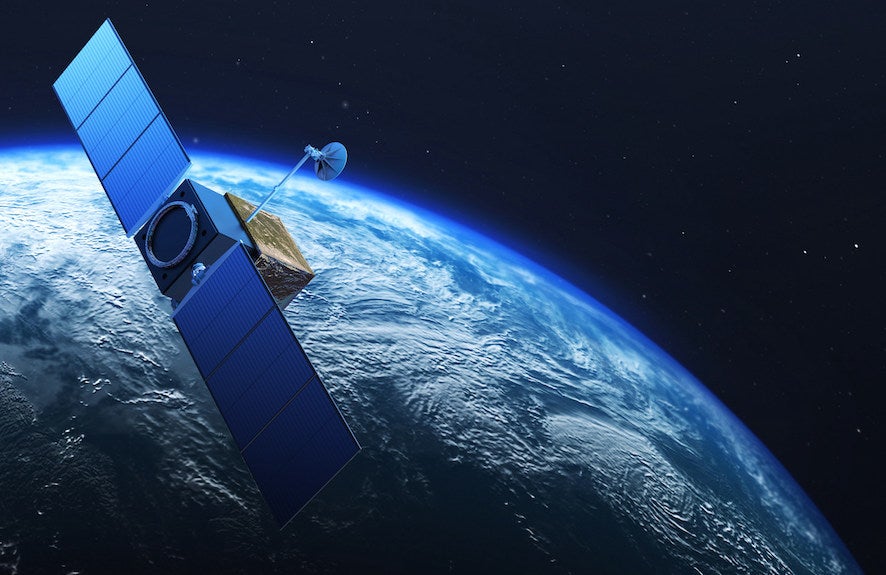
On January 4, 2023 the US Space Force (USSF) handed out contracts to Raytheon and Millenium Space to deliver prototypes of a Missile Track Custody (MTC) system that will be placed in Medium Earth Orbit (MEO). This contract provides for the delivery of 2 sats by each provider with the first pair to reach orbit by 2026 and the second in 2028. The USSF has specified that these 4 sats won’t just be a technology demonstration but provide an ‘initial warfighting capability’. This MEO layer is ideal for the mission, allowing a high enough altitude to have a wide field of view and low enough to allow for tracking of dim targets. While it won’t provide the same fire-control grade tracking as the LEO layer it will be able to maintain track custody of threats so it can cue other sensors in the event there are gaps in the LEO layer. The difference in field of view is highlighted by the fact that the USSF is looking to procure 16 tracking sats in MEO compared to 135 in LEO.
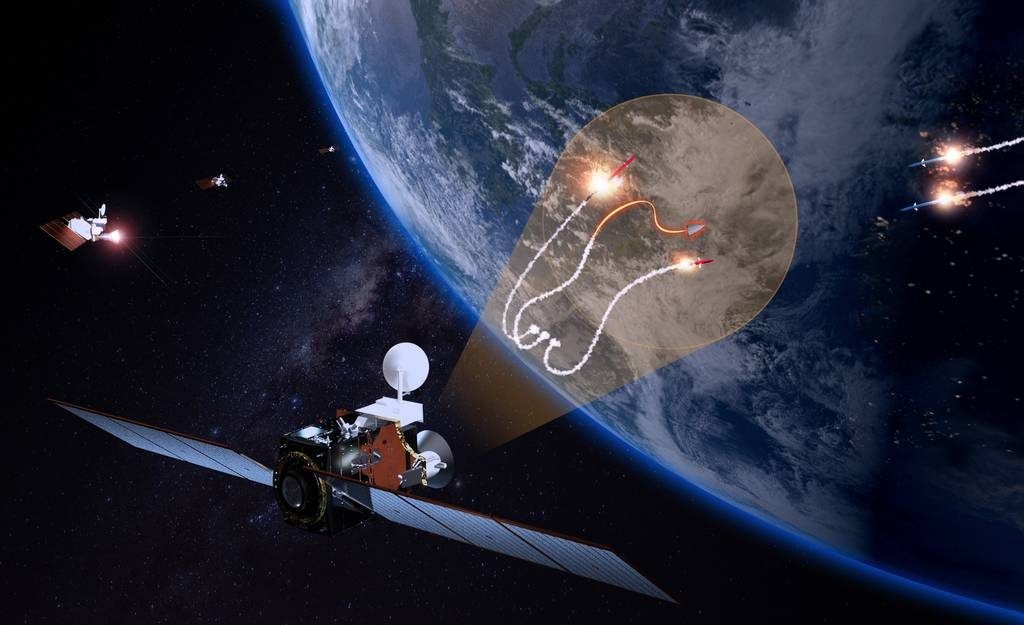
This initial batch of MEO sats falls under the Missile Track Custody Demonstration (MTCD) program which is transitioning from a prototyping effort to a program of record designated Resilient Missile Warning Missile Tracking – MEO (RMW/MT-MEO). The LEO layer falls under RMW/MT-LEO highlighting that these two constellations will form a system of systems. Indeed, the same day the MTC contracts were handed out a request for information was released for laser communication crosslinks that would allow satellites in MEO to communicate with the LEO-based Transport Layer that is so critical to space-based fire control.
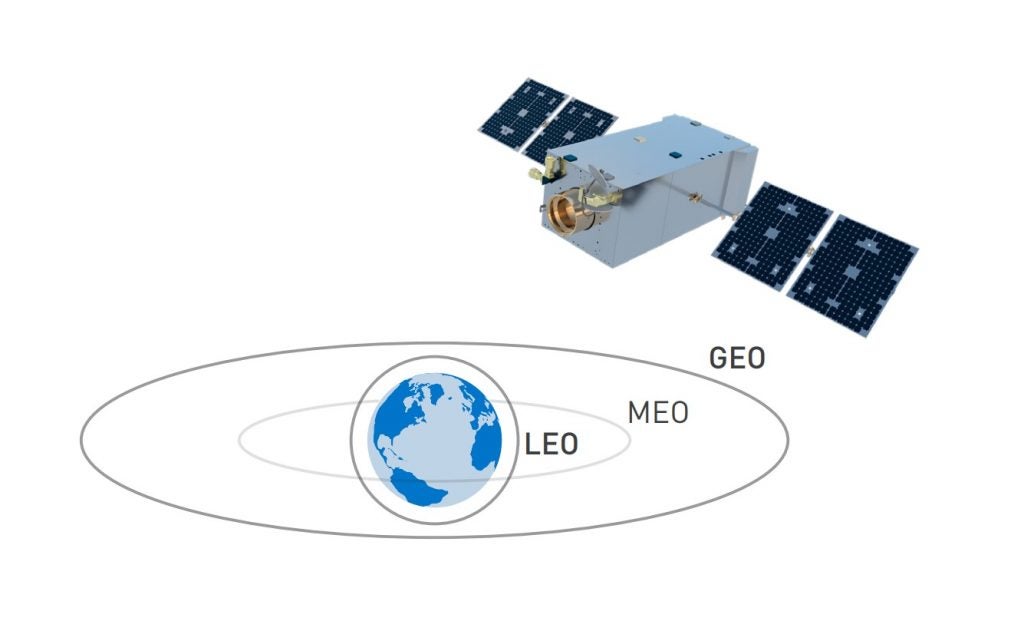
Though very little about the sensor’s capabilities is known we can make some assumptions based on the vehicle’s size. Raytheon is procuring Lockheed Martin’s LM400 satellite bus to carry its sensor payload. About the size of a refrigerator with a bus weight of ~1,000kg, it is built specifically to keep costs down compared to the beastly ~2,300 kg LM2100 that SBIRS is based on. The LM400 is a new generation sat bus built around combining mass production and precision maneuvering. Its avionics heritage can be traced back to NASA’s Gravity Recovery and Interior Laboratory mission. This scientific mission used exquisitely sensitive sensors to track changes in gravity to map the composition of the moon. The demand for utmost precision in a small package will prove useful for the missile tracking mission. High maneuverability will allow LM400 to adapt to changing threat environments. LM’s SmartSat software-defined satellite technology provides the ability to modify the vehicle’s mission set while already in orbit.
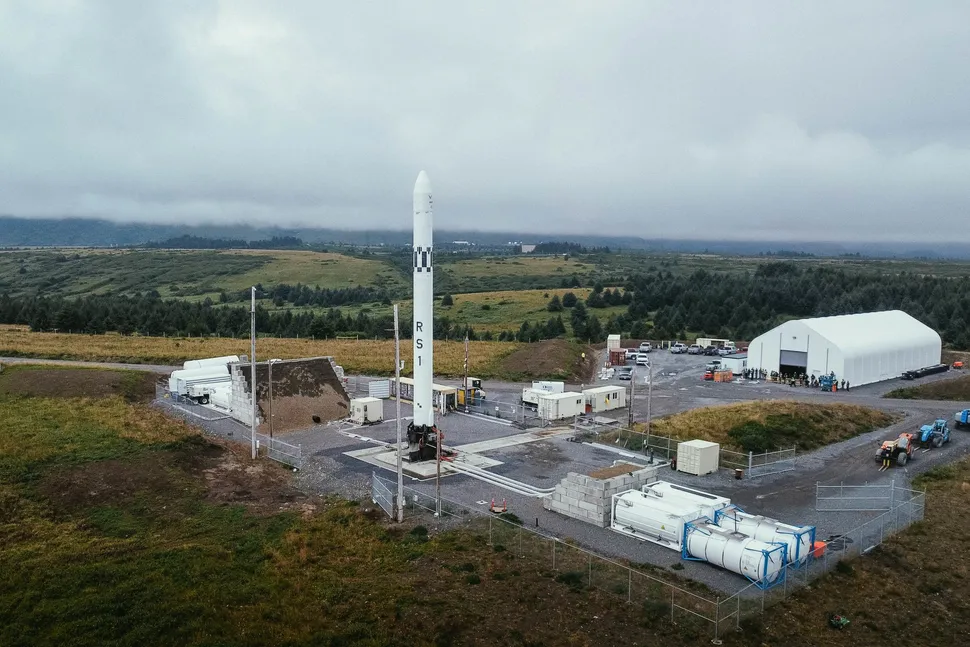
The first LM400 demonstration satellite has already been built and is ready to fly sometime this year. However, its ride to space, ABL System’s RS1, is not quite ready. Originally RS1 was planned to be test flown in 2022 however a catastrophic second-stage explosion resulted in the first flight being delayed. After many scrubs, it finally lifted off on January 10, 2023 for the first time, before another failure brought it back down to earth in an explosive fashion. ABL Systems was founded around the idea of a rapid launch cadence so they’ll likely have another ready to go within a few months but this continues to delay LM400’s demo flight. Lockheed Martin is a key investor in ABL, having already purchased a huge block of up to 58 RS1 flights. From the beginning, RS1 was intended to be highly mobile, able to launch from a concrete pad anywhere on earth. This is useful in the event of a peer conflict where typical space launch systems are taken down, providing even more resiliency to the Space Force’s system of sentinels.

